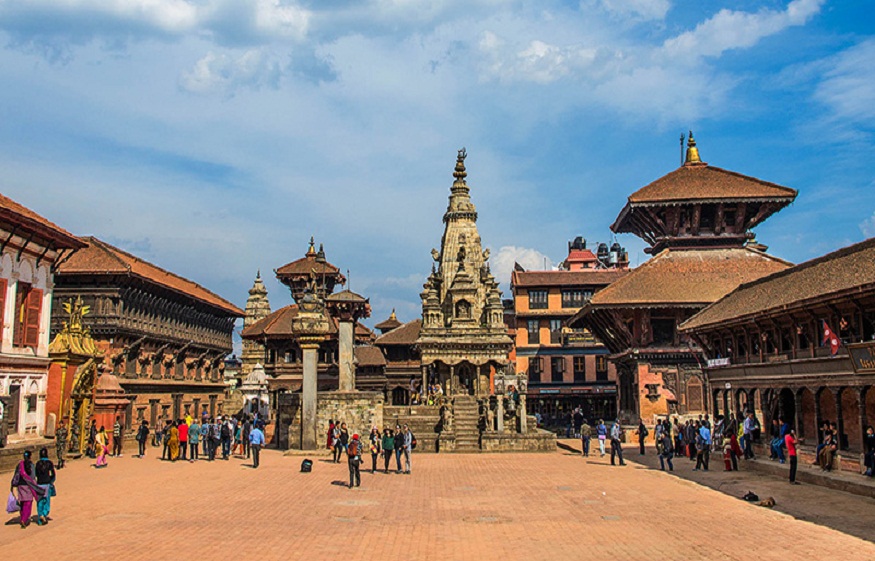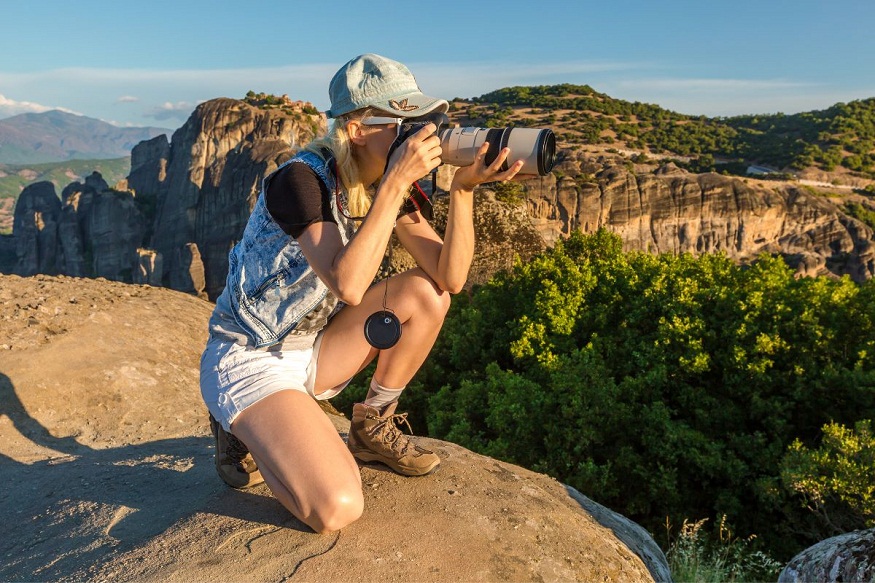Prepare for walking in the summer
Although not reserved for very trained walkers, most treks in Nepal require good physical condition. “As treks in Nepal take place in the fall, going to the mountains in France or Europe for a few days during the summer is a very good test to gauge your level and adjust your training before leaving,” explains Rémi. Start training in the summer to get your body used to long hours of walking. If possible, vary the terrain to prepare your muscles for different types of terrain and elevation changes . Good preparation will allow you to fully enjoy the experience while avoiding a certain number of disappointments.
Anticipate altitude and its constraints
This is the major unknown of a trek in Nepal: acute mountain sickness (AMS). The altitude can pose serious problems, even for the most experienced hikers. Our expert explains: “For those who have never been to these regions of the world, going to walk above 3,000 meters in the Alps or elsewhere allows you to understand the first sensations of high altitude.” While the routes are designed to optimize the acclimatization of trekkers, talking to one of our advisors will allow you to obtain valuable details on the symptoms and reflexes to adopt to put all the chances on your side (headaches, nausea, intense fatigue, loss of appetite). In most cases, you simply have to listen to your body. The guide and his team are trained to deal with all types of situations and keep a constant eye on the members of their group. On site, do not neglect hydration. A preventive consultation with your doctor or a specialist doctor from Ifremmont ( Institute for Research and Training in Mountain Medicine) , of which we are partners, is recommended . A hypoxia stress test can complete the preparation for departure .
Equip yourself with technical , reliable and tested equipment
The mountainous regions of the Himalayas can be extremely cold, especially at high altitudes. Whether you are heading off on the Annapurna Tour or Everest Base Camp, it is essential to equip yourself with technical and reliable equipment. For the day, adopting a three-layer system is ideal with thermal clothing as a base layer, a warm and breathable mid-layer and an insulating, windproof and waterproof top layer. Good gloves, a hat and warm socks are essential. Given the terrain, on varied trails, sometimes very rocky, with snowy and/or steep passages, high hiking shoes are essential. A pair of telescopic poles will also be very useful. Finally, an excellent sleeping bag, suitable for negative temperatures, is mandatory. It should, as far as possible, clearly indicate a comfort temperature of -10 to -15 degrees. Supplementing it with a silk sheet slightly increases comfort and the perceived temperature. Testing your equipment before the big departure is essential. Additional advice: taking the essentials with you and in the cabin allows you to start your trip with peace of mind in the event of lost luggage.
Manage formalities before departure
Before you leave, make sure that all your administrative formalities are in order. Check the validity of your passport (at least six months after the expected return date) and obtain the necessary visas. The tourist visa for Nepal can be obtained upon arrival at Kathmandu airport, but it is recommended to check the latest updates on entry formalities. You must then fill out an arrival card and a tourist visa application form. Good news, this document can be filled out online less than 14 days before arrival and printed. If the traveler has already traveled to Nepal, he or she must also provide a copy of his or her old Nepalese visa. Payment is made on site when the visa is issued. Also remember to take out travel insurance to cover medical expenses and repatriation, which are essential in the event of an accident in the mountains.
Learn about customs and traditions
Nepal is rich in traditions and customs that visitors should respect to avoid cultural misunderstandings. Learning a few basics will definitely help. “ Namaste ” is a commonly used greeting, meaning “may your qualities be blessed,” pronounced with folded hands and bowing. It is customary to remove your shoes before entering any religious monuments or homes, taking care to place your shoes with the soles on the ground. It is also forbidden to enter a kitchen that is not your own without being invited. “Along the way, you regularly come across religious buildings. When visiting stupas and chortens , you always go around them on the left, in a clockwise direction ,” says Rémi. Fire is sacred, especially among the Sherpas, so you should never throw trash into it. Never eat from someone else’s plate or drink from someone else’s glass. If you want to follow the local custom of eating dal bhat with your hand, use only your right hand. It is considered bad form to point at someone, or even a statue, with your finger. When sitting, avoid pointing your foot at someone. Finally, to answer yes, Nepalis make a sideways head gesture that can be interpreted as an “I don’t know” or even a no in English.
By following these five tips from Rémi, you will be well prepared for your adventure in Nepal. Have a good trip and fully enjoy the magic of the Himalayas!


